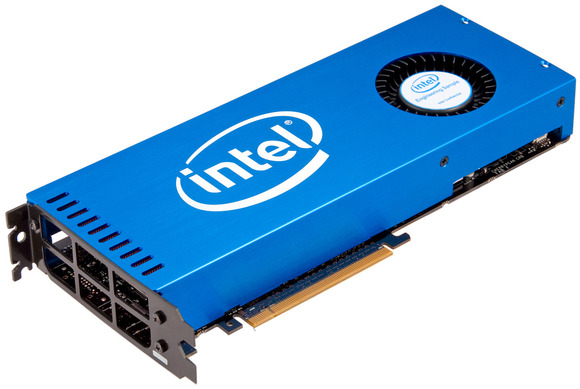
The world’s fastest processor ever, the Xeon Phi chip, code-named Knights Landing, will deliver performance breakthroughs to supercomputers by early next year. The chip is a facilitator for new memory, I/O, and storage technologies expected to reach desktops and laptops in future years.
While Intel has yet to provide details on the first supercomputers with Knights Landing, the U.S. Department of Energy said the chip will be used in Cori, a 9,300-core supercomputer that will be installed in the second half of 2016 at the National Energy Research Scientific Computing Center in Berkeley, California.
Similar to its predecessors, Knights Landing will be a coprocessor alongside CPUs assisting in multifaceted calculations, but is different in design from graphic processors like Nvidia’s Tesla, which are used for the same actions.
Knights Landing is expected to deliver double-precision top performance of more than 3 teraflops and single-precision performance of more than 8 teraflops, which is the same range of other graphic chips used in the world’s fastest supercomputers. Double-precision is important in supercomputers due to its higher accuracy rates in floating-point calculations.
The chip has 16GB of MCDRAM memory, offers five times more bandwidth than emerging DDR4 technology, is five times more power efficient, and three times denser than GDDR5 (used on graphic cards). Intel is also adding a new interconnect called OmniPath, a fabric that can boost overall supercomputing performance and help move data faster between storage, memory, and processors.
The primary goal of technologies like Xeon Phi is to unveil more performance out of supercomputers without drawing more power. “The software element is also important in achieving that goal,” said Dean McCarron, principal analyst at Mercury Research.
Source: PC World
Advertisement
Learn more about Electronic Products Magazine





